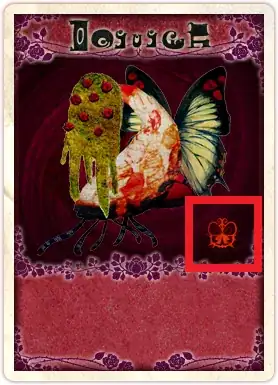If by western animation, you mean movies made by studios like Pixar, the major factors in play is the budget and technical expertise. Budget-wise, Pixar has a $200 million budget for "Finding Dory":

Budget numbers are usually pretty hard to come by for anime but there's been some research on the matter by the Media Development Research Institute. At this link, it breaks down the budget for a 30 minute timeslot anime episode, which really boils down to about 21-22 minutes minus the commercials and OP/ED.
- Original work - 50,000 yen ($660)
- Script - 200,000 yen ($2,640)
- Episode Direction - 500,000 yen ($6,600)
- Production - 2 million yen ($26,402)
- Key Animation Supervision - 250,000 yen ($3,300)
- Key Animation - 1.5 million yen ($19,801)
- In-betweening - 1.1 million yen ($14,521)
- Finishing - 1.2 million yen ($15,841)
- Art (backgrounds) - 1.2 million yen ($15,841)
- Photography - 700,000 yen ($9,240)
- Sound - 1.2 million yen ($15,841)
- Materials - 400,000 yen ($5,280)
- Editing - 200,000 yen ($2,640)
- Printing - 500,000 yen ($6,600)
Even if we lop all of the production plus animation and photography, that's still maybe around $100k of budget for 22 minutes. Compare that to Pixar's average budget for "Finding Dory" of maybe $500k per minute.
The other thing is the expertise of these studios. Pixar has been, for quite some time now, the top studio for 3d CGI. Their movies are almost entirely CGI and they've got over 600 employees. Most Japanese studios don't have anywhere close to this level of technical expertise and skill, or the size of an organization that can pump out this kind of work consistently and regularly. Probably an apt comparison would be Japanese animation studios vs animation studios in China.
Some other factors to consider:
- Since there's a lot of mix between traditional 2d vs 3d modelled CGI, the CG can stand out a lot more. Even if it is done in a very high quality, it's still noticeable. Compare it to shows/movies that are entirely 3d modelled, where even if the modelling/textures isn't all that great, the consistency makes it appear to look better eventhough the CGI isn't that good.
- Time constraints, though not so much for movies and OVA, a weekly release schedule for anime episodes doesn't leave a lot of time for a modest CGI team (or an outsourced firm) to create the work, send it in for review, any integration work, anything that gets sent back to get redone, repeat, etc.
- To some degree, there's a notion of "good enough", especially when we're comparing 24 minute long anime episodes to a Pixar movie. If the episode isn't over budget, it's finished on time, it looks decent, then it's probably "good enough" and the average viewer, though the CGI is noticeable and acknowledging its quality, won't find it that unexpected. Keep in mind that CGI in anime has improved quite a bit since it was first more widely used.
As for why they use CGI at all? The biggest reason (though I can't seem to find any sources to cite) is probably that it costs less, though that sounds like irony. The idea is that doing "ok looking" CGI and making the subject matter (or action) look a bit more realistic is cheaper than spending a lot of artists trying to make the same subject matter look better (or in most cases, just as good) completely by hand. If you're going to have a mecha show where there are hundreds of mechs that all look exactly the same, it's probably cheaper to just model it as opposed to having someone draw them all. If there's going to be a lot of panning, rotating camera shots, it's easier to model the subject and just move the camera as opposed to hand drawing the subject to imitate such movement.
